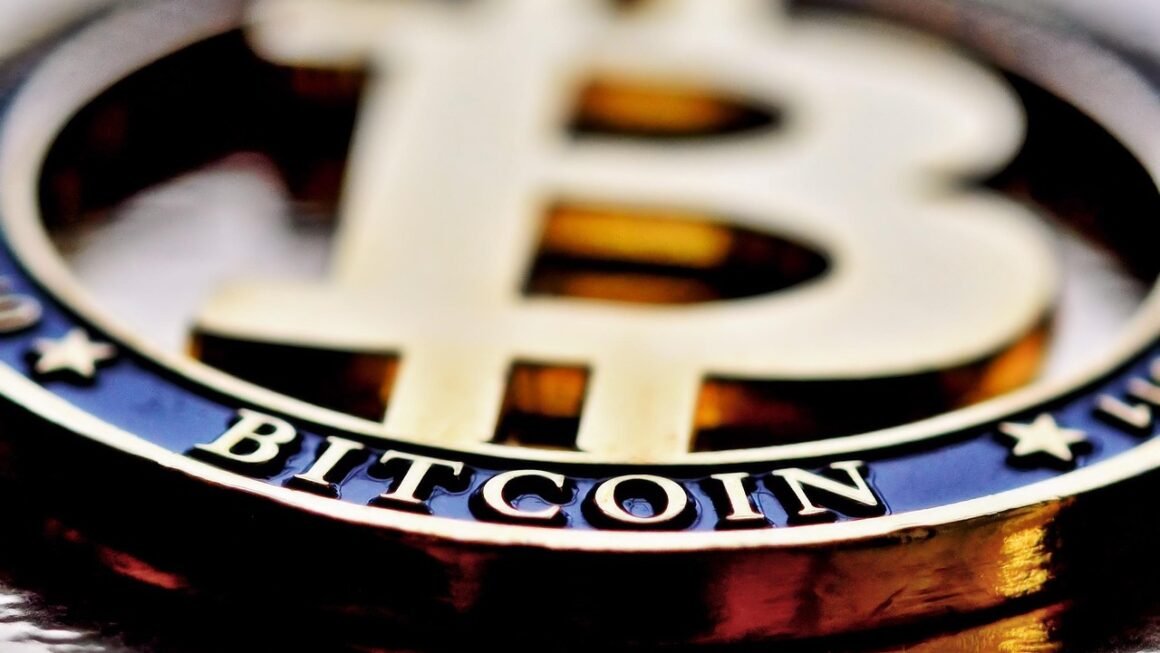Decentralized Finance (DeFi) is revolutionizing the financial landscape, offering a transparent, permissionless, and accessible alternative to traditional financial systems. By leveraging blockchain technology, DeFi platforms eliminate intermediaries, reduce costs, and empower individuals with greater control over their assets. This guide will delve into the core concepts, benefits, and potential risks of DeFi, providing a comprehensive overview for anyone looking to understand this rapidly evolving space.
Understanding Decentralized Finance (DeFi)
What is DeFi?
DeFi refers to financial applications built on decentralized blockchain networks, primarily Ethereum. These applications use smart contracts to automate financial services like lending, borrowing, trading, and investing, without the need for traditional institutions. Think of it as building the financial system from the ground up, but instead of banks controlling the flow of money, code does.
- Key Characteristics of DeFi:
Decentralization: Operates without central control, distributed across a network of computers.
Transparency: Transactions are recorded on a public ledger, enhancing auditability.
Permissionless: Anyone can access and use DeFi protocols without needing approval.
Composability: DeFi applications can be built on top of each other, creating innovative and complex financial products.
Immutability: Once deployed, smart contracts cannot be altered, ensuring consistent and predictable behavior.
How Does DeFi Work?
DeFi relies heavily on smart contracts, self-executing agreements written in code and stored on a blockchain. These contracts automatically enforce the terms of a financial agreement when specific conditions are met.
- Example: Decentralized Lending:
A user deposits cryptocurrency into a lending pool managed by a smart contract.
Other users can borrow cryptocurrency from the pool by providing collateral.
Interest rates are algorithmically determined based on supply and demand.
When a borrower repays the loan, the lender receives their principal plus interest.
The smart contract automates the entire process, eliminating the need for a bank.
Key Components of the DeFi Ecosystem
- Decentralized Exchanges (DEXs): Platforms for trading cryptocurrencies directly with other users, eliminating the need for intermediaries like centralized exchanges (e.g., Uniswap, SushiSwap).
- Lending and Borrowing Platforms: Protocols that allow users to lend and borrow cryptocurrencies, earning interest on their deposits or accessing leverage (e.g., Aave, Compound).
- Stablecoins: Cryptocurrencies designed to maintain a stable value, often pegged to a fiat currency like the US dollar (e.g., USDT, USDC, DAI).
- Yield Farming: Strategies for earning rewards by providing liquidity to DeFi protocols (e.g., depositing tokens into liquidity pools).
- Decentralized Insurance: Platforms that offer insurance coverage against smart contract failures and other risks in the DeFi ecosystem (e.g., Nexus Mutual).
Benefits of DeFi
Accessibility and Inclusivity
DeFi offers financial services to individuals who may be excluded from traditional banking systems, such as the unbanked and underbanked. These individuals often lack access to basic banking services due to geographical location, lack of identification, or low credit scores. DeFi offers a permissionless way to participate in the global financial system.
- Example: In developing countries where traditional banking infrastructure is limited, individuals can use DeFi platforms to access loans, savings accounts, and investment opportunities through their smartphones.
Efficiency and Cost Reduction
By automating financial processes with smart contracts, DeFi eliminates the need for intermediaries, reducing transaction costs and increasing efficiency. Traditional financial transactions often involve multiple parties and complex processes, leading to delays and high fees. DeFi streamlines these processes, resulting in faster and cheaper transactions.
- Data Point: A study by Deloitte found that blockchain technology can reduce transaction costs for cross-border payments by up to 60%.
Transparency and Auditability
All transactions on DeFi platforms are recorded on a public blockchain, providing complete transparency and auditability. This transparency allows users to verify the integrity of the system and identify potential issues. Unlike traditional financial systems, where information is often opaque and difficult to access, DeFi provides a clear and auditable record of all activity.
- Benefit: Increased trust in the system, as users can verify the validity of transactions and smart contract code.
Innovation and Composability
DeFi’s composability allows developers to build on top of existing protocols, creating new and innovative financial products and services. This “Lego-like” structure fosters rapid innovation and experimentation, leading to the development of sophisticated financial applications.
- Example: The creation of yield aggregators, which automatically optimize yield farming strategies across multiple DeFi protocols.
Risks and Challenges of DeFi
Smart Contract Risks
Smart contracts are susceptible to bugs and vulnerabilities that can be exploited by malicious actors, leading to financial losses. Audits and formal verification can help mitigate these risks, but they cannot eliminate them entirely.
- Practical Tip: Before interacting with a DeFi protocol, research its security audits and assess its track record. Look for protocols that have undergone multiple audits by reputable security firms.
Regulatory Uncertainty
The regulatory landscape for DeFi is still evolving, and there is a risk that future regulations could negatively impact the DeFi ecosystem. Different jurisdictions have different approaches to regulating cryptocurrencies and DeFi, creating uncertainty for developers and users.
- Actionable Advice: Stay informed about regulatory developments in your jurisdiction and understand the potential implications for your DeFi activities.
Scalability Issues
Many DeFi platforms, particularly those built on Ethereum, face scalability challenges that can lead to high transaction fees and slow transaction times. Layer-2 scaling solutions are being developed to address these issues.
- Example: Using Layer-2 solutions like Polygon or Optimism can significantly reduce transaction fees and improve transaction speeds compared to using the Ethereum mainnet directly.
Impermanent Loss
Liquidity providers on decentralized exchanges (DEXs) face the risk of impermanent loss, which occurs when the price of the assets they have deposited into a liquidity pool changes relative to each other. This can result in lower returns than simply holding the assets.
- Explanation: Impermanent loss happens because DEXs rely on arbitrage to keep asset prices aligned with the broader market. When prices diverge, arbitrageurs trade against the liquidity pool, which can lead to losses for liquidity providers.
How to Get Started with DeFi
Choosing a Wallet
The first step in getting started with DeFi is to choose a secure cryptocurrency wallet that supports Ethereum and ERC-20 tokens. Popular wallet options include MetaMask, Trust Wallet, and Ledger.
- Security Tip: Always store your private keys securely and never share them with anyone. Consider using a hardware wallet for added security.
Researching DeFi Protocols
Before investing in or using any DeFi protocol, it’s crucial to do thorough research. Understand the protocol’s functionality, its risk factors, and its track record.
- Key Metrics to Consider:
Total Value Locked (TVL): The total amount of cryptocurrency deposited in the protocol.
Audits: Whether the protocol has been audited by reputable security firms.
Team: The experience and reputation of the team behind the protocol.
Community: The size and engagement of the community around the protocol.
Starting Small
It’s wise to start small with DeFi, investing only a small amount of capital that you can afford to lose. This allows you to learn the ropes and gain experience without risking a significant amount of money.
- Practical Advice: Begin with simple activities like lending stablecoins on a platform like Aave or depositing tokens into a liquidity pool on Uniswap.
Conclusion
DeFi offers a compelling vision for the future of finance, with the potential to create a more accessible, efficient, and transparent financial system. While the DeFi ecosystem is still in its early stages and faces significant challenges, its potential to disrupt traditional finance is undeniable. By understanding the core concepts, benefits, and risks of DeFi, individuals can make informed decisions about how to participate in this exciting and rapidly evolving space. Remember to always do your own research and start small to mitigate risk.


